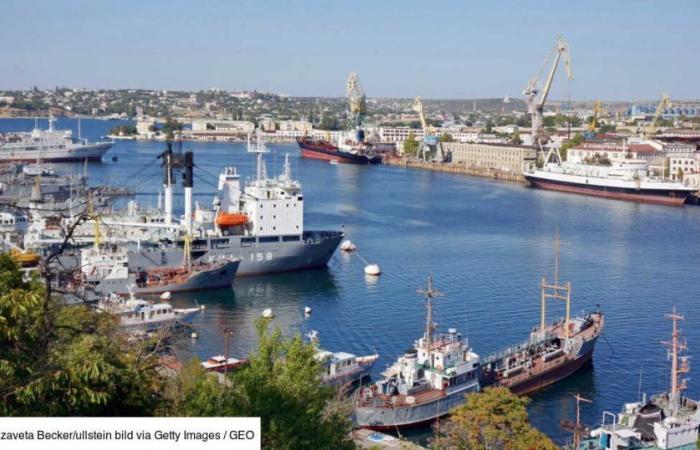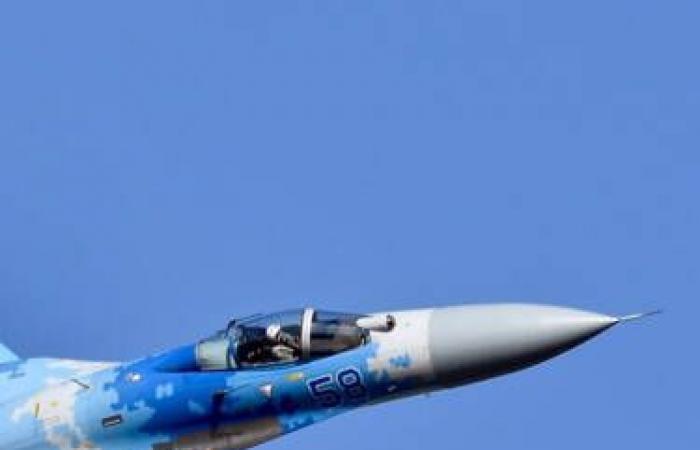Peas for Spain, wheat for Turkey, barley for Iran… So many foodstuffs from the occupied Ukrainian territories that Moscow has undertaken to deliver discreetly since 2022 to companies around the world.
According to an investigation carried out by Radio Free Europe, KibOrg, the Belarusian Investigation Center, and Vertska based on official Russian documents, several tens of thousands of tons of agricultural products could be spotted traveling to European or Asian ports, within a presumably wider network.
Cereals, an essential Ukrainian production
Both Russia and Ukraine are historically large grain producers. According to the US Department of Defense, in 2021, agricultural products accounted for 41% of Ukrainian exports, worth some $27.8 billion. The country is then the 5th exporter of wheat, 3rd of barley, 4th of corn and even first of sunflower oil. Chernozyom, or “black earth”, a type of soil rich in humus very favorable to agriculture and very present in Ukraine, is one of the reasons why the country’s agriculture is competitive, while wages there are very low compared to standards. Europeans.
The rest under this advertisement
Nature takes its time…
like this ad!
Nature takes its time…
like this ad!
Ukraine – Russia: military planes of the war
The Russian occupation, however, dealt a serious blow to this dynamic industry. According to the Center for Strategic and International Studies, the occupied parts of Ukraine excluding Crimea accounted for 21% of the wheat, 17% of the barley and 19% of the sunflower seeds produced by Ukraine between 2016 and 2020. As for the abandoned fields in 2023 due to war, they represented about 7.5% of the entire country, according to NASA Harvest, the space organization’s food security and agriculture program.
The conflict caused by Moscow is therefore a catastrophe for a vital sector of the Ukrainian economy, which must restructure itself despite an exodus of its population, material and human losses, and the investment of resources in the war effort.
The rest under this advertisement
Nature takes its time…
like this ad!
Customs duties that allow cereal exports to be observed
But Russia would take advantage of the situation to sell Ukrainian grain from the occupied regions to the rest of the world, according to the investigation by Radio Free Europe and its associates. Traces of these transfers of cereals from occupied regions have been visible since 2022 via satellite images: at least 6.4 million tonnes of wheat were harvested in the occupied regions of Ukraine in 2023, not to mention other cereals. According to SeaKrime, a Ukrainian organization tracking Ukrainian grain shipments used by Russia, at least 2 million tons of this harvest were sent abroad via Crimean ports.
But precise data on this traffic could be collected in the Kherson region. The occupation authorities of this zone have in fact given to a dozen companies authorizations to reduce customs duties concerning agricultural products: the official documents stipulating these authorizations therefore make it possible to collect information on the companies requesting them and the cargo they want to transport.
The rest under this advertisement
Nature takes its time…
like this ad!
Nature takes its time…
like this ad!
6.2 million euros of agricultural products were sent from this region in 2023 at reduced rates or without customs duties. The destinations of these cargoes are surprising: a cargo from the Russian company Agro-Fregat thus ended up in Spain, which obtained 2,674 tonnes of peas passed through the port of Sevastopol, and purchased by the Spanish company Cereales Y Harinas Garsan.
Part of Ukrainian grain trafficking
Turkey, a country which maintains an ambivalent position on the conflict in Ukraine, for its part received 9,554 tonnes of wheat and meslin (a mixture of cereals) at reduced rates in June and July 2023.
Among the other countries cited by the investigation, we find Azerbaijan, Iran, and even Syria. In each case, the companies are based on Russian territory, such as Moscow or Rostov-on-Don, but in fact exploit the infrastructure of the occupied territories, such as the port of Sevastopol, to transfer their cargo.
The rest under this advertisement
Nature takes its time…
like this ad!
Although this traffic already has impressive proportions, it probably represents only a part of the actual amounts of Ukrainian grain sold by Moscow. In addition to Kherson, Russia has access to part of the regions of Zaporizhia, Lugansk, Donetsk and Crimea, where the method used by the Radio Free Liberty team to track grain shipments is not applicable.







